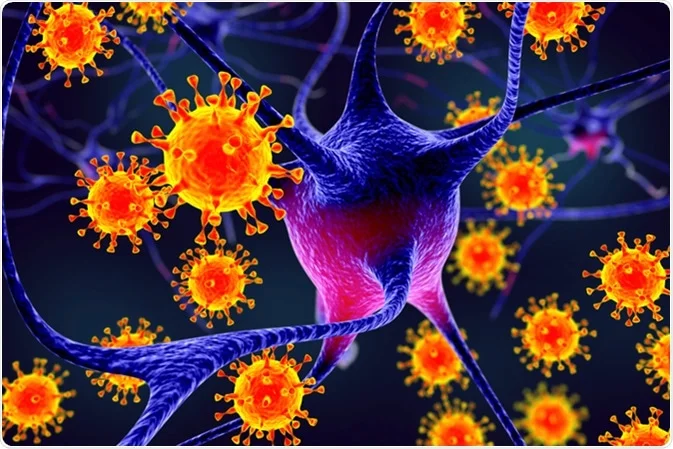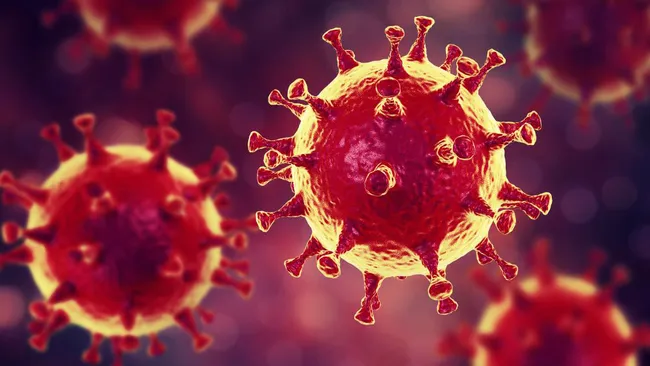The 5 deadliest viruses on Earth
5.Hepatitis
Viral hepatitis caused an annual 1.34 million deaths worldwide in 2015. While deaths due to other infectious diseases have declined, deaths due to viral hepatitis have actually increased by 22% since 2000, according to a WHO report. Although five types of hepatitis exist and there is 96% of all hepatitis-related deaths. Most of these deaths are due to chronic liver disease and primary liver cancer. Approximately 325 million people, or 4.4% of the world’s population, have viral hepatitis. And 1.75 million new infections of hepatitis C alone occur each year. Consequently, treatment reaches only a small fraction of those infected.
4.MERS (Middle East respiratory syndrome) (Can be related to COVID-19)
Since it was first identified in 2012, MERS has infected 2,499 people and caused 861 deaths globally, according to the WHO. Clearly, that’s just a fraction of the numbers reported for COVID-19, but the difference is in the mortality rate. MERS has had a mortality rate as high as 37.2% compared with the current estimated mortality rate of 2% to 3% for COVID-19. Like COVID-19, infection from MERS shows symptoms of fever, cough, and shortness of breath. Unlike COVID-19, MERS infection often stems from camels. Although most human cases of MERS infections have been attributed to human-to-human infections in health care settings, current scientific evidence suggests that dromedary camels are a major reservoir host for MERS and an animal source of MERS infection in human. No vaccine or specific treatment is currently available for MERS but some are in development.
3.Ebola
Right now, the Democratic Republic of the Congo is fighting the world’s second-largest Ebola epidemic on record. As of this writing, 2,249 people have died and 3,432 have been infected since the outbreak was declared in August 2018, according to the WHO. Ebola is rare, but it has a high mortality rate of about 50% (although that rate has ranged from 25% to 90% in past outbreaks). The 2014–2016 outbreak in West Africa was the largest Ebola epidemic to occur: 28,610 people were infected and 11,308 died. No proven treatment has been able to stop the virus, but a number of blood, immunological, and drug therapies are in development. Experimental vaccines have been shown to help control the spread of Ebola outbreaks in Guinea and in the Democratic Republic of the Congo.
2.HIV/AIDS
At the end of 2018, approximately 37.9 million people worldwide were living with HIV. In the same year, 770,000 people died from HIV-related causes and 1.7 million people were newly infected. Since the virus was first discovered, more than 32 million people worldwide have died as a result of HIV, according to the WHO. Although it continues to be a major global public health issue, “HIV infection has become a manageable chronic health condition, enabling people living with HIV to lead long and healthy lives,” the organization noted. For instance, 62% of adults and 54% of children living with HIV in low- and middle-income countries are now receiving antiretroviral therapy, which has become the primary treatment for the virus. New HIV infections fell by 37% and HIV-related deaths dropped by 45% between 2000 and 2018, with an estimated 13.6 million lives saved due to antiretroviral therapy. “This achievement was the result of great efforts by national HIV programs supported by civil society and international development partners,” according to the WHO. Despite the good news, now is not the time to become complacent. Of the estimated 1.1 million Americans living with HIV in the US, about 14% (or 1 in 7) of them don’t know it and need to be tested. Meanwhile, more than 38,000 new HIV infections occur in the United States each year.
1.Influenza
While COVID-19 has caused a great deal of fear and concern, there’s a more widespread and more deadly virus going around—the flu. Worldwide, the flu causes about 3 to 5 million cases of severe illness and about 290,000 to 650,000 deaths each year, according to the latest estimate. In the United States, at least 22 million people have gotten the flu in the 2019-2020 season so far and 12,000 have died from it—including at least 78 children. While there’s no treatment or yearly vaccine for COVID-19 like there is for the flu, COVID-19 has warranted a high level of caution and extensive containment procedures. If seasonal flu were given as much regard, fewer people would likely die from it, experts say.







Superb work devamatiy !!!Meaningful and informative ...Going through ur posts give me more general knowledge . All of ur posts are thoughtful . Keep on rocking ....will support u till the end
ReplyDeleteThank you Nandita
DeleteWow! Superb information 😜 I already knew about ebola and aids. But only their names as I didn't know more about it 😜😝🤣. But this is really super helping to doctors ( who want it become a doctor like your sis😝) but she wants to become a child specialist isn't 😎. But very good information, I was also scared and sad when I read these because they are so deadly and people are also getting sick from it . Waiting for your next one.........
ReplyDeleteThanks I hope it helped you
DeleteGood work..
ReplyDeletethanks a lot mama
DeleteWow!! It was superb and very informative....
ReplyDeleteThanks a lot Ayushi
Deletenice. Keep going
ReplyDeleteRegards,
DeleteYour sister.
Thank you sister
DeleteGood very informative. Krishnan Mallur
ReplyDeleteThank you Thata
DeleteVery scary . Great work to keep up the morale of the readers against virus scare. keep post your interesting blogs .
ReplyDeletewow devamathy u r posts are awesome , informative and i can gain some general knowledge about the virus.....thank u for sharing the information......keep posting ..will support u till end
ReplyDelete